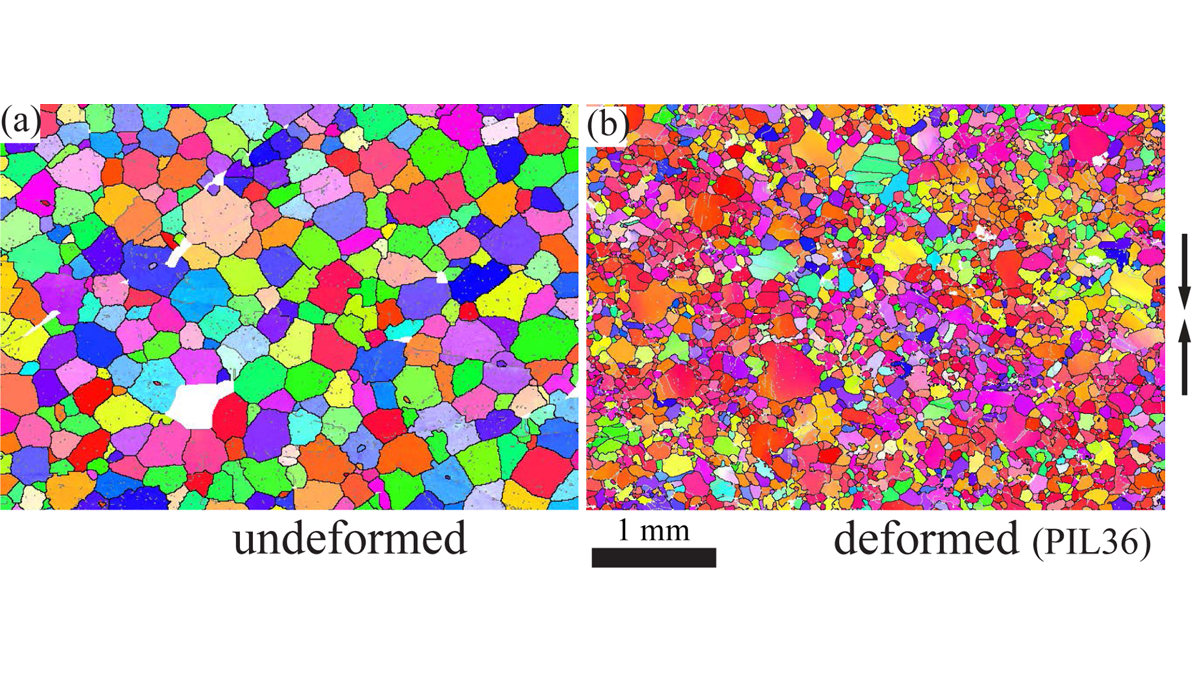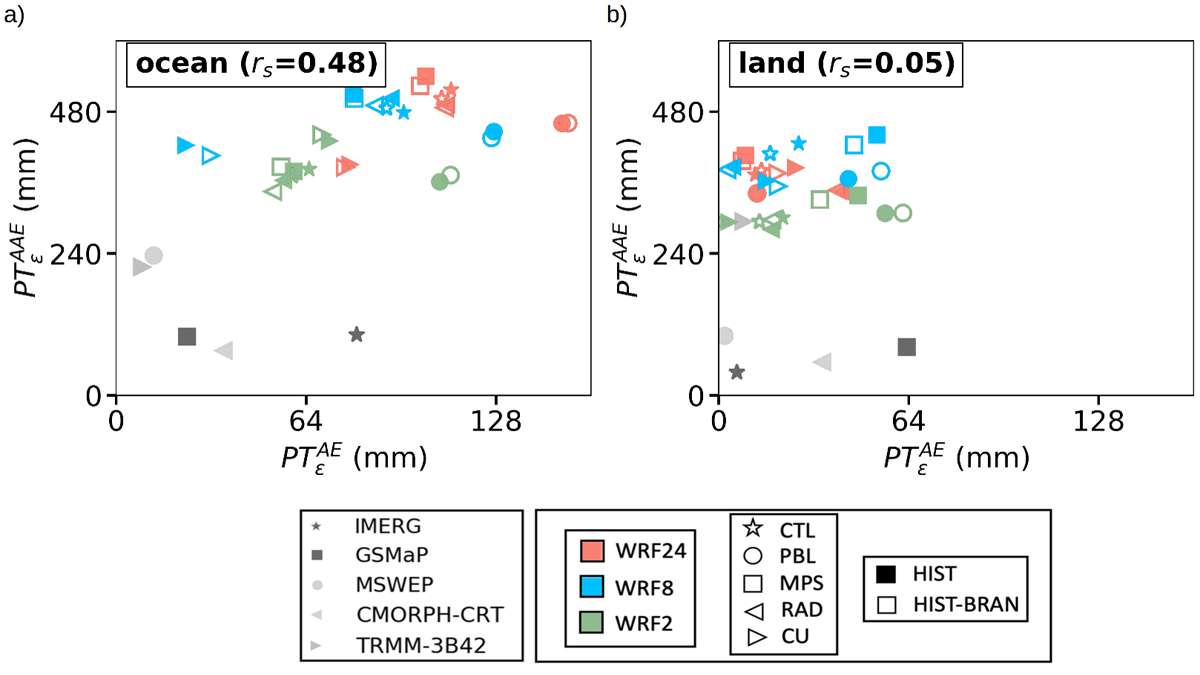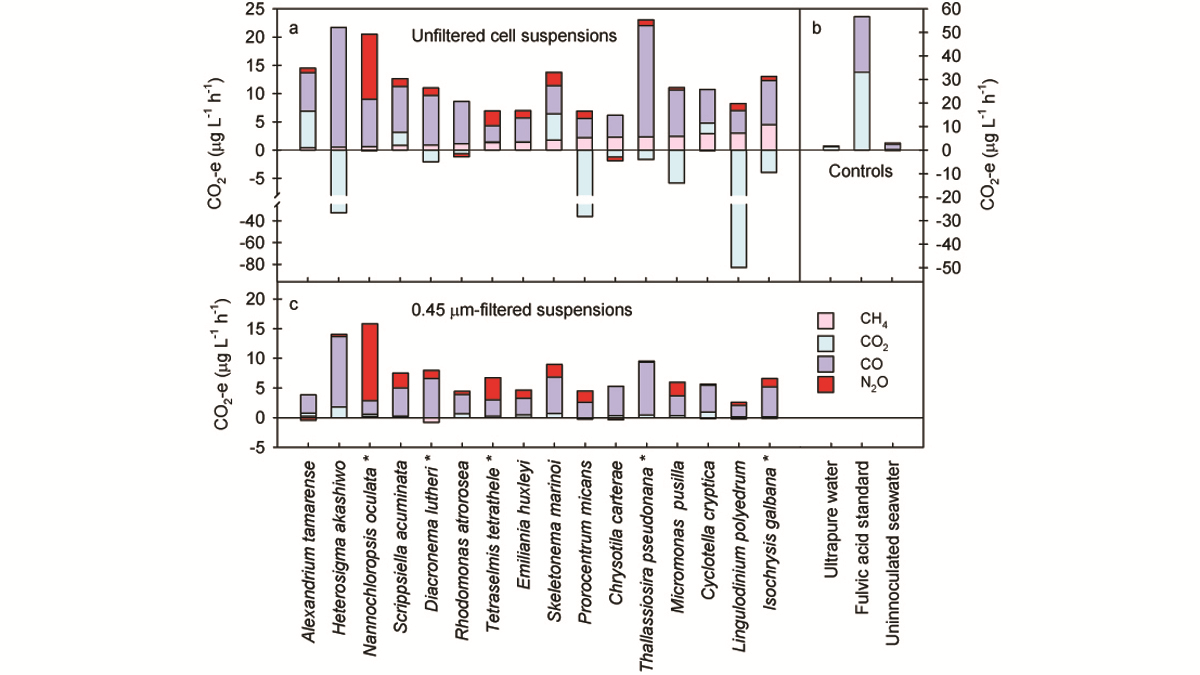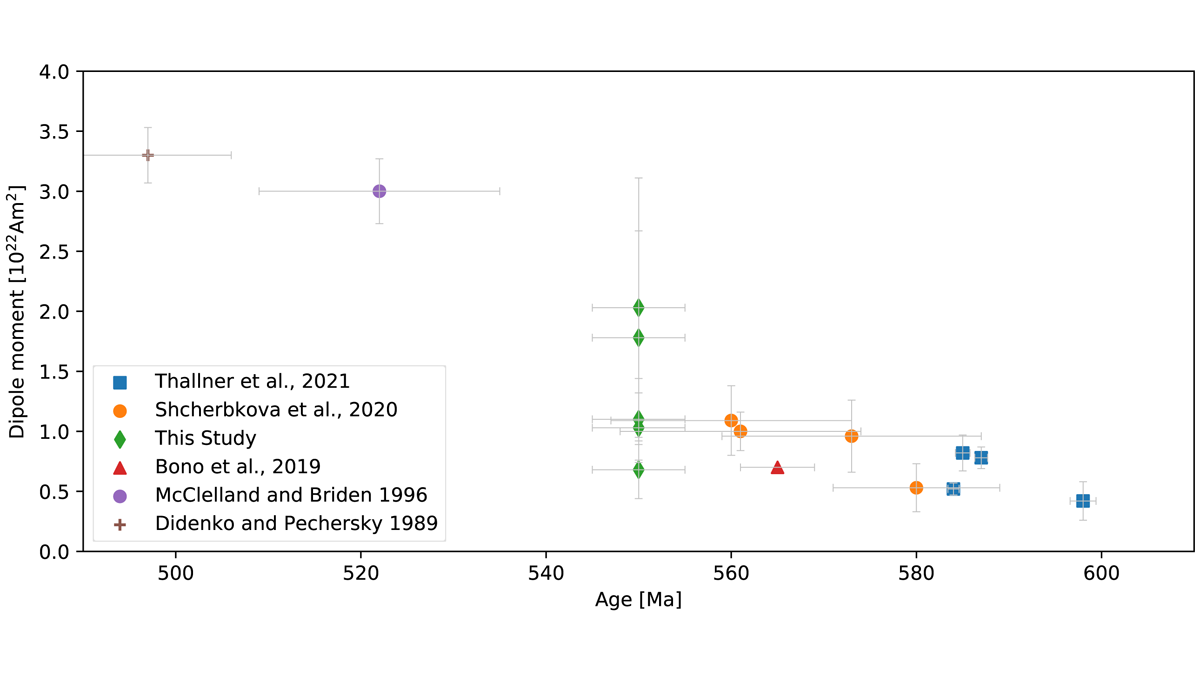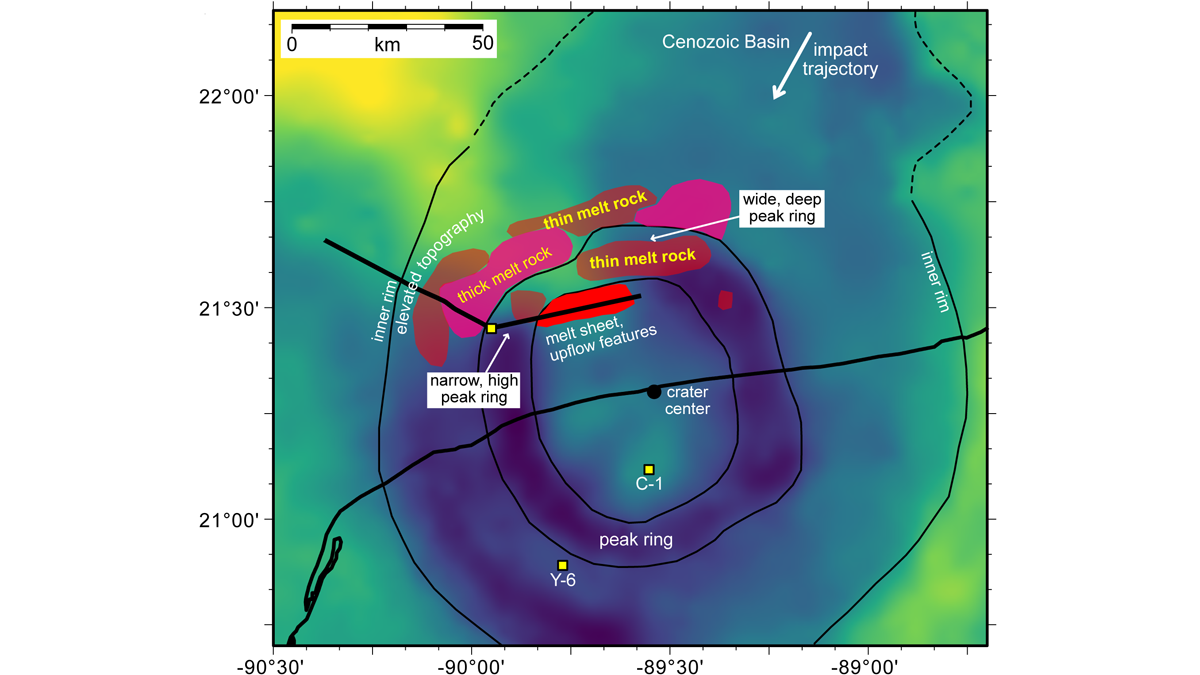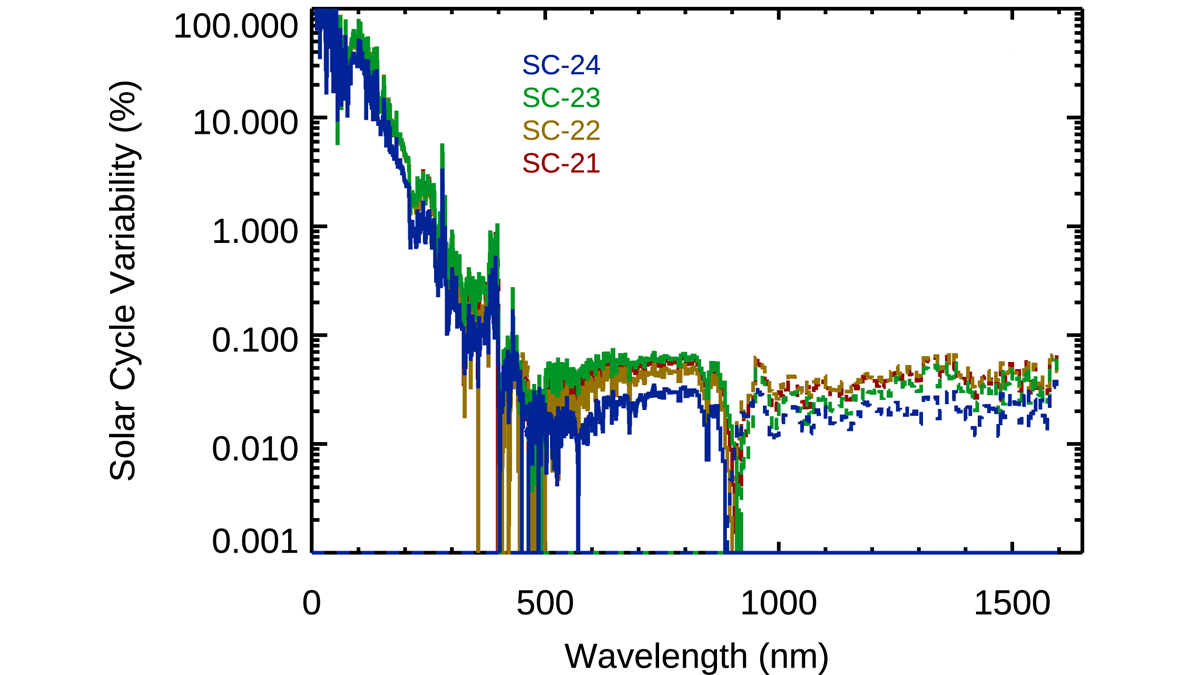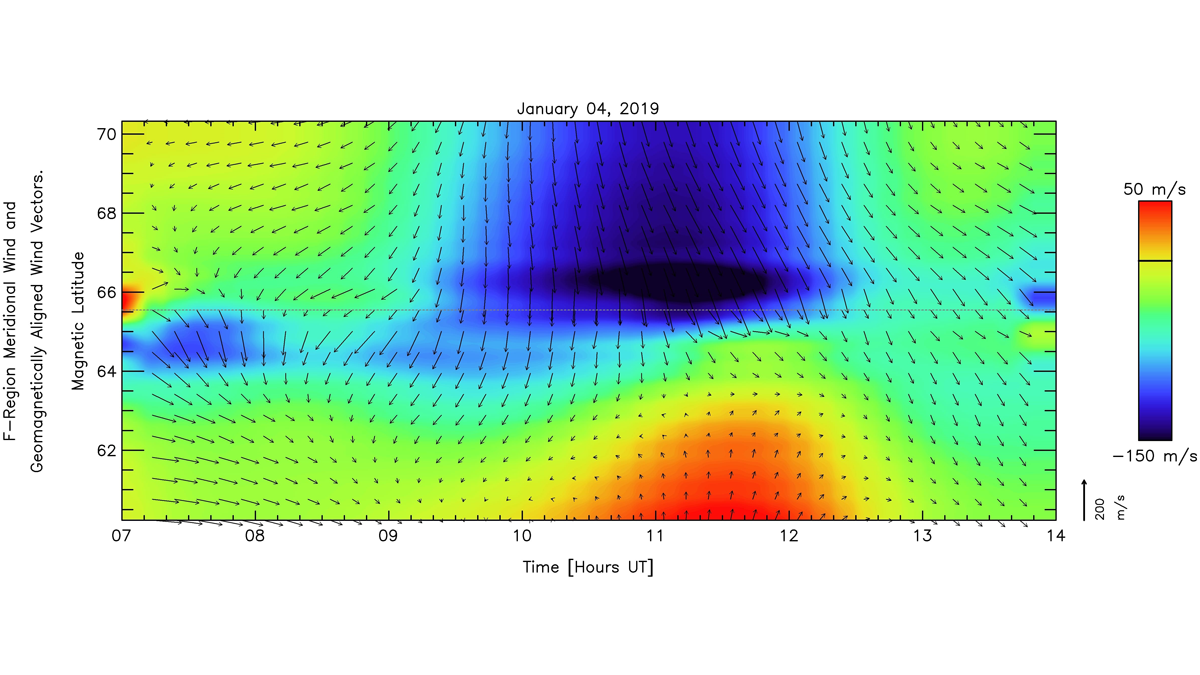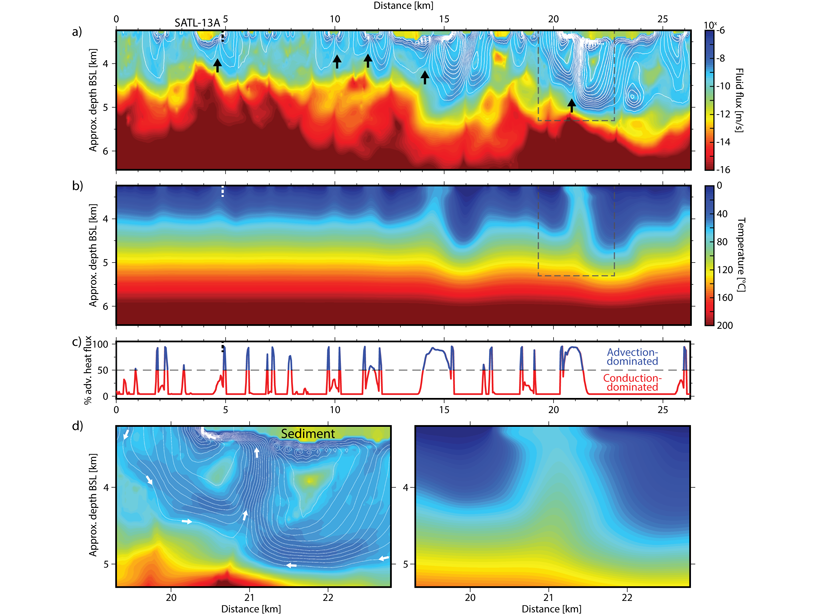Anyone seeing photographs of glacier and ice sheets from above clearly sees that they flow; recent laboratory tests on ice further reveal the conditions that control just how fast this happens.
Editors’ Highlights
Uncovering Hidden Errors in Simulated Precipitation
New metrics used to quantify errors in precipitation show that convection permitting simulations outperform coarser resolution simulations.
Phytoplankton as Emitters of Greenhouse Gases
Phytoplankton remove carbon dioxide from the atmosphere; a new study reveals that marine phytoplankton can also produce greenhouse gases when exposed to ultraviolet radiation.
A Dipole Field from the Ediacaran-Cambrian Transition Onward?
The Ediacaran features an instable magnetic field complicating paleogeographic reconstructions; a new paleointensity study on late Ediacaran rocks indicates a weak but stable dipolar field.
Polar Vortex Linked to Atmospheric Circulation at Daily Scale
A simplified representation of polar vortex at monthly scale was revised using a new method, and its daily association with air-sea teleconnections was analyzed to study weather impacts.
Shining a Spotlight on the Chicxulub Impact Crater
A new seismic survey of the Chicxulub impact crater reveals the structure of its peak ring and the sediments that cover it.
Newly Improved Solar Spectral Irradiance Composite Record
A new study accurately captures solar irradiance, which is crucial to understand the energetics and radiation balance of Earth and its influences on the cryosphere, atmosphere, and ocean currents.
Grain Scale Dynamics During Barchan-Barchan Interactions
A new study pinpoints grain scale dynamics during binary interactions between barchan dunes.
Thermospheric Cross-Polar Winds Observed to Unexpectedly Stall
Observations of cross-polar cap neutral winds near 240 km altitude stalling over short distances in the midnight sector near Poker Flat, Alaska, challenge the standard view of high-latitude dynamics.
Mechanisms of Hydrothermal Ocean Plate Cooling Revealed
A combination of waveform tomography and hydrothermal modelling allows characterizing the mechanisms and reach of fluid flux and ocean plate cooling near mid-ocean ridges with unprecedented detail.

